Performance characteristics
Adopting special analog-digital anti-interference design to realize the acquisition of weak effective signals in strong interference;
Hammer shock or blast shock detection construction methods are optional;
Adopt high-performance three-component acceleration detector to improve detection accuracy and distance;
At the same time, the reflected wave and diffraction wave are inverted and analyzed to ensure the accuracy of the analysis results;
Wave field separation uses FK filtering to eliminate noise and improve signal-to-noise ratio;
3D observation and 3D imaging;
Data communication can be selected as wireless or wired transmission mode;
With remote upgrade function;
Four digital DSP filtering modes: low-pass, high-pass, band-pass and notch;
The detection distance of hammer shock is more than 80m, and the detection distance of artillery shock is more than 150m.
Technical principle
The mining tomography scanning advance prediction system can use a variety of seismic sources to generate signals that propagate along tunnels and faces. These signals are reflected at places where the rock properties change and are used to describe the three-dimensional structure in front of and around the tunnels and faces.
This system uses seismic scanning imaging technology. Seismic signals propagating through complex media are composed of multiple types of waveforms such as refraction, reflection, scattering, and dispersion. Scanning imaging is an inversion technology that uses changes in signal waveforms to estimate the location and range of changes in medium properties.

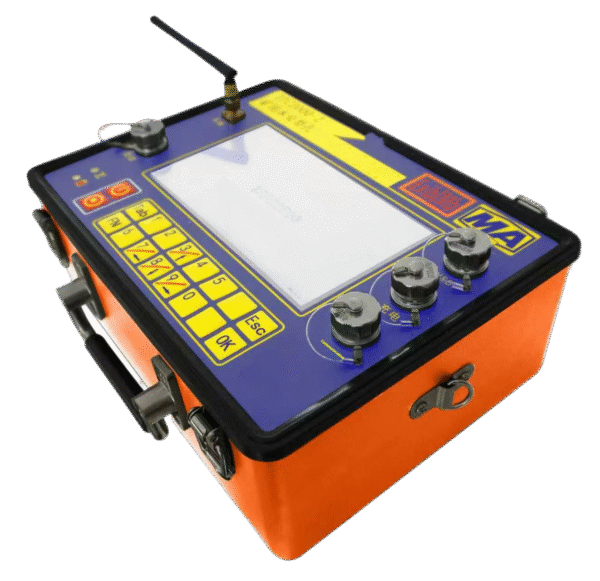
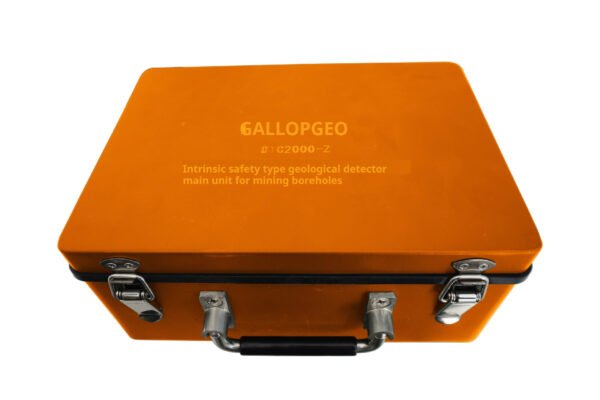
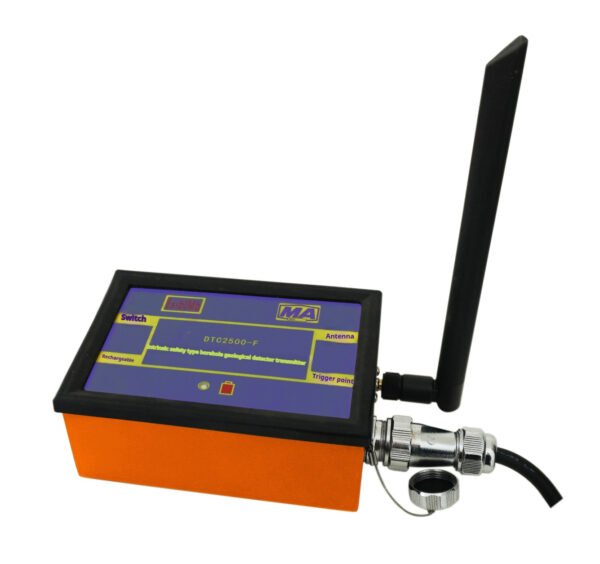
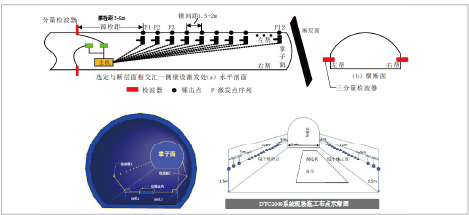
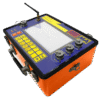
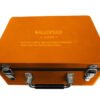
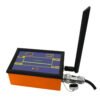
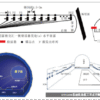

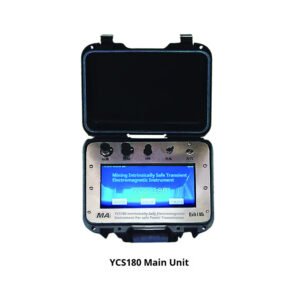


Reviews
There are no reviews yet.